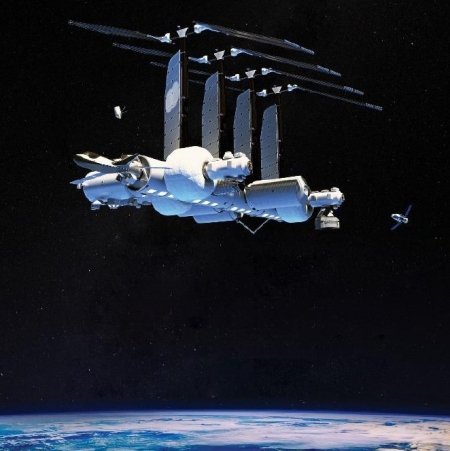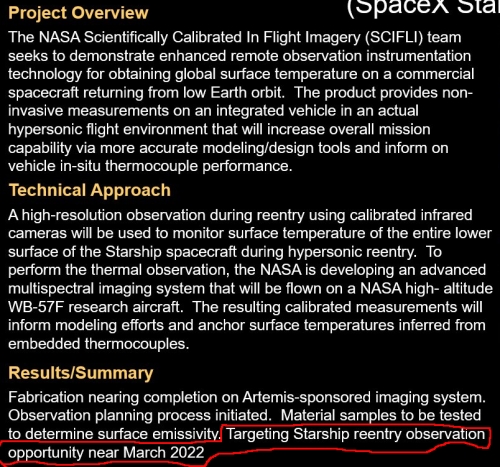Poland becomes thirteenth nation to sign Artemis Accords
The new colonial movement: Poland yesterday announced that it has signed the U.S.-led Artemis Accords.
In brief comments at the ceremony, [Polish Space Agency (POLSA) President Grzegorz Wrochna] said he saw the Artemis Accords as a first step toward greater cooperation with the United States. He noted that while Poland is a member of the European Space Agency, Polish space companies are looking to expand their business outside Europe. “They want to reach for new markets, especially the U.S. market,” he said. “They want to participate in missions of other agencies, especially NASA. We would like to open the door for them, and I believe this is the first step.”
The full list of signatories at this moment: Australia, Brazil, Canada, Italy, Japan, Luxembourg, New Zealand, Poland, South Korea, the United Kingdom, the United Arab Emirates, Ukraine, and the United States.
While the accords — introduced by the Trump administration — are cleverly written to appear to endorse the mandates of the Outer Space Treaty, they are also written to bluntly minimize that treaty’s hostility to private property. With each new signatory, the ability to overturn that treaty’s limitations preventing legal protection to private property in space grows, as it binds a growing number of nations in an alliance to do so.
Not surprisingly, Russia and China have said they oppose the Artemis Accords. Both of these nations do not want legal protections in space to private citizens or companies. Instead, they wish that power to reside with them, or with the United Nations.
Whether the strategy behind the Artemis Accords will work however remains unclear. That strategy requires the U.S. to maintain its strong support for private property in space. Any wavering of that support will weaken the ability of this new Artemis alliance to overturn the Outer Space Treaty’s provisions that make private ownership of territory in space impossible.
The new colonial movement: Poland yesterday announced that it has signed the U.S.-led Artemis Accords.
In brief comments at the ceremony, [Polish Space Agency (POLSA) President Grzegorz Wrochna] said he saw the Artemis Accords as a first step toward greater cooperation with the United States. He noted that while Poland is a member of the European Space Agency, Polish space companies are looking to expand their business outside Europe. “They want to reach for new markets, especially the U.S. market,” he said. “They want to participate in missions of other agencies, especially NASA. We would like to open the door for them, and I believe this is the first step.”
The full list of signatories at this moment: Australia, Brazil, Canada, Italy, Japan, Luxembourg, New Zealand, Poland, South Korea, the United Kingdom, the United Arab Emirates, Ukraine, and the United States.
While the accords — introduced by the Trump administration — are cleverly written to appear to endorse the mandates of the Outer Space Treaty, they are also written to bluntly minimize that treaty’s hostility to private property. With each new signatory, the ability to overturn that treaty’s limitations preventing legal protection to private property in space grows, as it binds a growing number of nations in an alliance to do so.
Not surprisingly, Russia and China have said they oppose the Artemis Accords. Both of these nations do not want legal protections in space to private citizens or companies. Instead, they wish that power to reside with them, or with the United Nations.
Whether the strategy behind the Artemis Accords will work however remains unclear. That strategy requires the U.S. to maintain its strong support for private property in space. Any wavering of that support will weaken the ability of this new Artemis alliance to overturn the Outer Space Treaty’s provisions that make private ownership of territory in space impossible.



